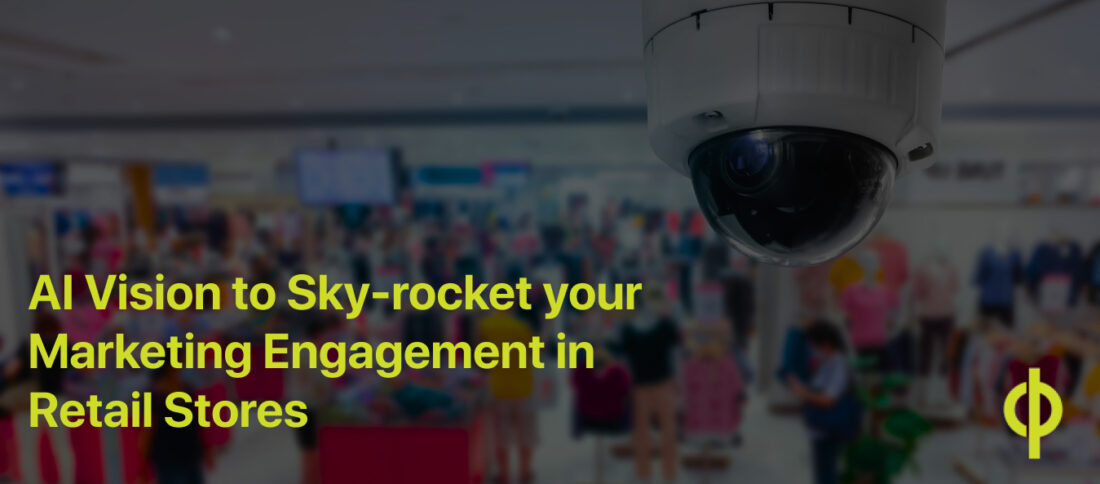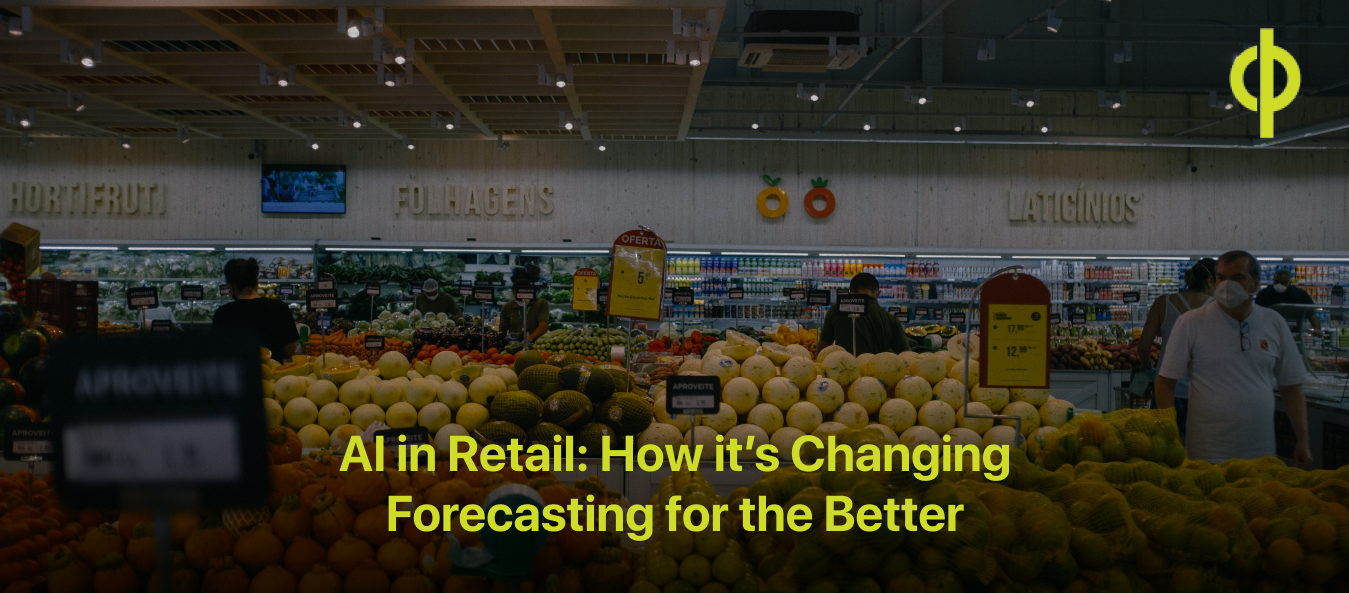With the increasing adoption of digital devices and the internet, the number of digital buyers has been increasing significantly each year. In 2020, more than 2Bn people purchased goods or services online and e-retail sales surpassed $4.2 Tn worldwide. With the lockdowns in place, retail e-commerce sales grew more than 25% globally.
Looking at these statistics, one may argue that online shopping has made customers way too comfortable skimming and buying products from the comfort of their couch – leaving them uninterested in going back to brick-and-mortar stores.
However, the reality isn’t so. Shoppers like seeing the product with their eyes, holding it, and experiencing it before buying it. So, retailers to improve their in-store marketing engagement in order to keep them coming back.
Through innovative AI insights, marketers and store planners can showcase products in places where the consumer is more likely to be compelled to buy it. Wondering how that is done? Read on to find out.
Win hearts with demographic intelligence
Imagine directing first-time visitors to exactly where they want to go without any assistance, to be able to know precisely what part of the store they’ll enjoy visiting the most. With AI Vision, you can gain demographic insights and intelligence to direct customers to the specific parts of the store that their peer group enjoys the most.
With your cameras, identifying and grouping similar people and behaviors, it becomes extremely easy to predict behavior and leverage it to provide a more nuanced and personalized experience to the shoppers, making them more likely to come back.
Experience ROI with hyperlocal campaigns
Another advantage is that by identifying the shopper demography and behavior, it is easier to optimize your hyperlocal marketing campaigns store by store in real-time. This is helpful because ads that may work in a specific area may not be as effective in another. This will ensure hyperlocal messaging specific to your target audience. Identify what else your retail location could offer to better suit a customer segment’s needs with an AI-based analytical approach that leverages person-level metrics. This will allow your business to track profitable customers and their preferences. By determining what these customers prefer and how they behave, your organization will be able to improve its messaging to this segment. As a result, conversions from high-value customers will increase.
Watch your buyer’s steps
Facial recognition, combined with demographic intelligence, can help you customize in-store advertising based on the audience while also providing valuable insights about what works and what doesn’t.
Similarly, AI Vision can enable footfall tracking to help you trace your customer’s footsteps around the store, picking up critical information. For instance, the dwell time on specific passageways, dwell time on customer engagement with ads and displays, average customer count on weekdays and weekends, the effectiveness of in-store marketing campaigns, etc. Based on this data, recommendations are shared with store managers and visual Merchandisers on the customer type, ad preferences, ad types, placement, and time of display that will attract and influence shoppers. The effectiveness of these recommendations is measured and by applying continuous learning of AI Vision models, the recommendations are fine-tuned to attain maximum customer engagement and conversions.
Footfall tracking isn’t just a tool to measure and interpret your buyer’s data, it also imparts particulars. These particulars include conversion rates of unique customers, returning customers, customers leaving within 5 minutes (bounce rate), and so forth. All this data is sufficient to polish your in-store marketing efforts and predict stock demands and avoid stock-outs.
Intelligent experience for Intelligent Visitors
Consumers are looking for a smart, swift, and time-saving shopping experience while sellers are looking for buyer conversions or brand impact on a shopper’s mind.
Improving their in-store marketing engagement and the ability to accurately examine the same can bestow some skyrocketing results. The power needed to kick-start these results reside within the capabilities of the computer vision applications currently being used and the opportunities to bring innovation and enhancements to them.
In some time, AI Vision won’t sound so unreal because it would be everywhere. Stores that take the leap and become early adopters of the technology would not only be striding ahead of the competition. They’ll also have enough real, on-site technology to customize it and innovate as per their unique needs to stay ahead of the competition even when they adopt it.
About Cogniphi
Cogniphi is a technology company that focuses on building next-generation vision intelligence solutions that are outcome-driven and seamlessly integrate into the existing infrastructure. Cogniphi’s AI Vision is a platform that’s built to improve operational efficiency at every level of an organization, across industries and sectors.
If you’re wondering how Cogniphi’s AI Vision can help you transform your business, get in touch with us for a free demo!


